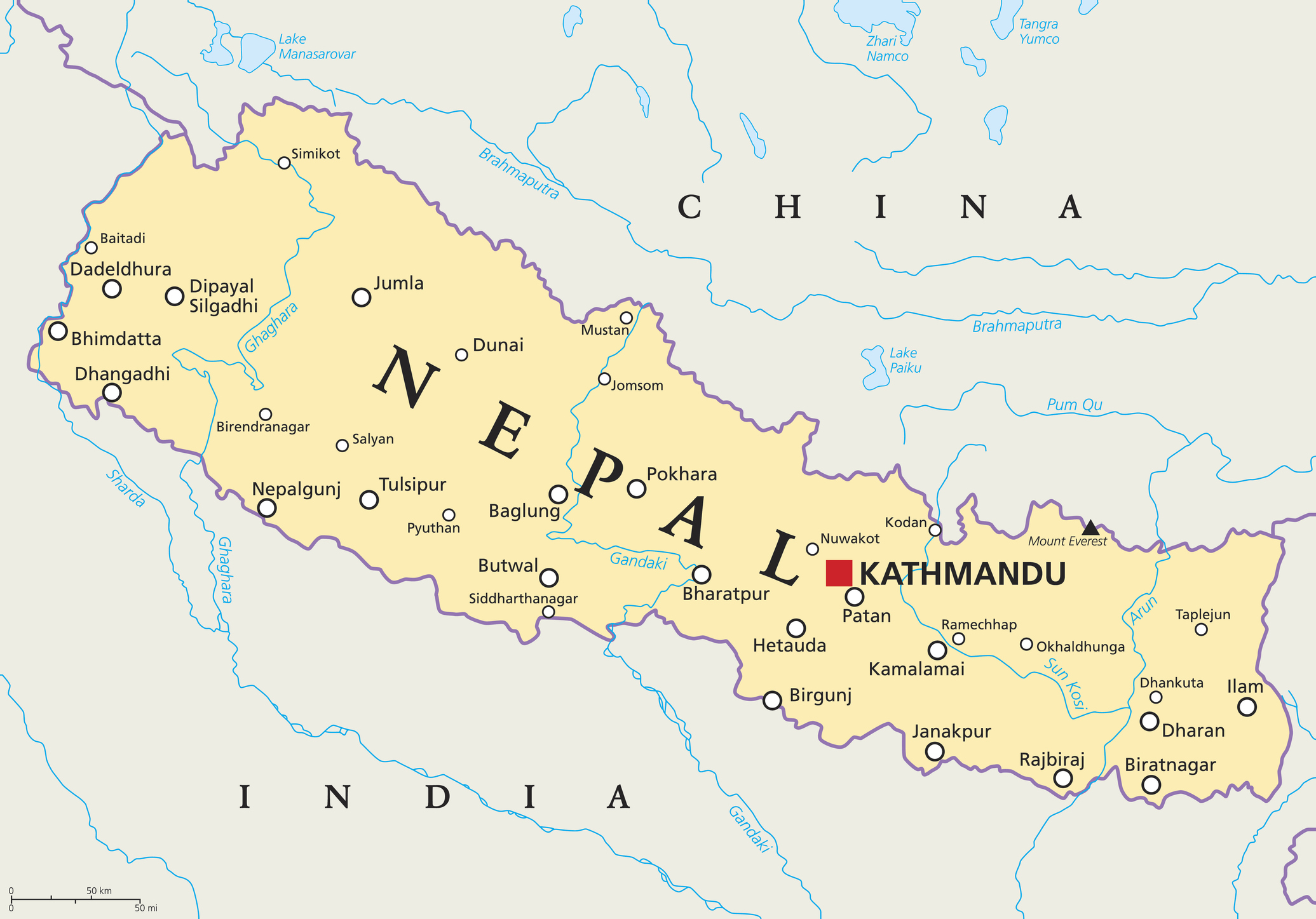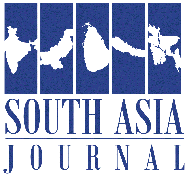
A significant political transformation from monarchy to democratic setup has been considered as one of the significant events in the political history of Nepal in April 2006. The autocratic monarchy was forced to abandon its power and throne. The political transformation was started with the reinstalment of the dissolved parliament. This newly restored parliament established a government that successfully negotiated peace with the Maoist rebels. During this transformation along the peace process, the major achievement for the political system of Nepal was an introduction of the interim constitution and an interim parliament by incorporating the Maoist members. The formally joining of the Communist Party of Nepal (Maoist) in the interim government was another major political transformation. Given these dynamics, the transition from monarchy to democracy, ending a decade-long insurgency were marked a crucial step in Nepal’s political history. These developments paved the way for further democratic reforms, ultimately leading to the abolition of the monarchy and the establishment of Nepal as a federal democratic republic in 2015.
However, concomitantly, there is a growing section of the population who have been organizing demonstrations expressing a desire to seek to reinstate the previous monarchical system in the country. Now, the important question is, why these demonstrations have been taking place; why the people have become dissatisfied with the current democratic governance? Why the people started perceiving the incumbent government as ineffective, corrupt, and unstable? To understand why Nepalese people are calling for the return of the monarchy, it is essential to examine the historical context, the challenges of democracy in Nepal, and the reasons behind this resurgence of royalist sentiments.
The End of Monarchy in Nepal and the Birth of Democracy
For more than 250 years, Nepal had been ruled and controlled by monarchy, being the central institution in Nepalese governance under the Shah dynasty and Rana’s oligarchy. With the passage of time, the dissatisfaction and discontent have been grown among the people, which resulted into the people’s movement (Jan-Andolan) against the monarchy, and; ultimately, monarchy’s downfall had happened. This was driven by a series of events that culminated in its formal abolition of monarchy in 2008.
The downfall of the monarchy was stared with the People’s Movement of 2006 (Jana Andolan-II). This movement was a massive pro-democracy uprising against King Gyanendra’s autocratic rule. In reciprocation, the king dissolved the parliament and government and started directly ruling the country from 2001 to 2006. Again, this event triggered widespread protests throughout the country. The critical part of this movement was that the same was supported not only by the people, rather the same was led by the political parties, civil societies, and the Maoist rebels, who have been waging a civil war against the monarchy since 1996. The Comprehensive Peace Agreement was signed by the all stakeholders in 2006 and the same marked the end of the civil war and paved the way for Nepal’s transition to a democratic republic.
Another setback for the monarchy’s legitimacy was the Royal Massacre of 2001. Most of the royal family were killed under mysterious circumstances, by Crown Prince Dipendra, who then died himself under controversial circumstances. The reasons were not clear till date, however, some conspiracy theories suggested that there were political motives behind the Nepalese royal massacre, including internal power struggles, the Maoist insurgency, and possible foreign involvements. Ultimately, this royal assassination weakened the monarchy, leading to its abolition in 2008. King Gyanendra, Birendra’s brother, took the throne but failed to maintain public trust in the legitimacy of monarchy. His decision to rule directly and suspension of democracy in 2005 led to massive protests, eventually forcing him to step down.
Nepal’s Democratic Disillusionment
This way, the end/abolition of monarchy and establishment of a federal democratic republic in 2008, along with multi-party system, have been one of significant political events in the Nepalese political history. Although, this is seen as a victory for Nepalese democracy, but in the subsequent years, the politics has been marked by instability and governance characterized as failures, resulting into widespread disillusionment among the people. It is also argued that despite the high hopes associated with democracy, Nepal has been struggling to establish a stable and effective political system given the several factors which have contributed to the growing dissatisfaction with the democratic process.
In this the aspired democratic set for the country, one of the major concerns and issues before the people of Nepal has been the lack of political stability. Since the abolition of the monarchy in 2008, Nepal has witnessed over 13 different governments since 2008. None of the governments has been able to complete a full five-year term given the frequent changes in leadership, shifting alliances and constitutional transitions. The major political parties of Nepal such as the Nepali Congress (NC), Communist Party of Nepal-Unified Marxist Leninist (CPN-UML), and the Maoist Center, keep on frequently switching over the alliances to be in power, prioritizing political gains and self-interests over national interests such as political stability, good governance, economic development etc.
Nepal’s political system has been highly infested with the political corruption. Given the same, people’s trust in democracy has been eroding. The issue becomes more critical when the political leaders and bureaucrats have been repeatedly accused of misusing public resources for personal gains. The cases of bribery, favoritism, and financial mismanagement further alienating the people from the democratic system. Nepotism has been growing more exponentially, as the political leaders appointing family members and close associates to key authoritative positions. This has prevented competent individuals from holding office, further weakening governance and decision-making and implementation of policies.
The economic situation in Nepal remains fragile. Millions of Nepalese have been migrated for work to other countries given the lack of job opportunities in the country. With limited industrial development, the people have to find out the jobs outside of the country. Thus, the not only government, rather the people of Nepal heavily depended on remittances. As per IFAD (11 June, 2024), remittance is the critical component of Nepal’s GDP, estimated at US$11 billion in 2023. The same is accounting for 26.6 per cent of the country’s GDP. These remittances sent by Nepali people, mainly from Gulf countries, Malaysia, and India. The common people have also been suffering from Inflation, weak infrastructures, and inadequate investments in key sectors like health, education, agriculture etc. Low investment in manufacturing has further contributed to complicate the economic issues and concerns of the people. Against this background the Nepalese people in general and especially the youth, felt that democracy has failed to provide best opportunities to make their life better and improve their economic prospects, leading to frustration and resentment toward the current system.
Transitioning from monarchy to democracy i.e., federal system, Nepal was divided into seven provinces by providing with a degree of autonomy. However, this re-organization has led to ethnic and regional tensions among the Nepalese and Madhesis people as the latter felt underrepresented or marginalized. Thus, the Madhesi community in the Terai region, indigenous groups, and other minorities have raised concerns about political exclusion and unequal resources distribution. Against this background, the protests and strikes (bandhs) have frequently been started taking place in Nepal, disrupting day to day life and economic activities. Although, the Nepalese federal system was intended to promote inclusivity, rather, its introduction has been fraught with challenges, further disillusioning the people with the democratic experiment.
The Resurgence of Pro-Monarchy Sentiment
The ongoing pro-monarchy movement was started in 2023. On November 23, 2023, tens of thousands of protesters, led by the Campaign to Protect Nation, Nationalism, Religion, Culture, and Citizens, marched in Kathmandu demanding the restoration of the monarchy and Nepal’s Hindu state status. The protestors became violent when they clashed with police and CPN-UML supporters. Consequently, the government placed movement leader Durga Prasai under unofficial house arrest on November 24, 2023. Similarly, the smaller follow-up demonstrations have also been continued by the Rastriya Prajatantra Party on February 21 and April 9, 2024.
The pro-monarchy monarchy was revived on February 19, 2025, when pro-monarchy activists became active on Nepal’s Democracy Day after former King Gyanendra Shah delivered a video speech urging the people to support national unity and protection. In his address, the King had underlined the need to take responsibility for safeguarding the country (The Economic Times, 28 march, 2025). Some media report has highlighted that the resurgence in the pro-monarchy movements was fueled by the people’s dissatisfaction with political instability, corruption, and economic struggles in Nepal. On the contrary, protection and promotion of democracy has also been going on. Prime Minister K. P. Sharma Oli and other political leaders condemned the movement by challenging the former King Gyanendra Shah to contest elections. Alarmed by the public sentiment, the Nepalese government has imposed a two-month ban on large gatherings in the country. On March 11, opposition leader Pushpa Kamal Dahal warned monarchy supporters to stay within the democratic framework. Following the March 9 protests, the Nepalese citizens aligned with either the pro-monarchy Joint People’s Movement Committee or the pro-republic Socialist Forum.
A new turn in the Nepalese politics has taken place with the emergence of two new forums in favour of monarchy and supporter of democracy. The Joint People’s Movement Committee and the Socialist Forum organized massive rallies in Kathmandu on March 28, 2025. These two forums have been advocating for the restoration of the constitutional Hindu monarchy and the preservation of the democracy respectively. Media reports suggest that both groups view the protests as a demonstration of their strength, highlighting the deepening divide in Nepal’s political landscape.
Conclusion
Nepal has witnessed and experience both forms of political systems. The political history of the country suggested that neither form of the governmental system has been remained flawless. The people have been undergone several challenges and problems like autocratic rule, political suppressions along with allied socio-economic problems. Concurrently, the country has also been suffering from political instability along with carrying the vestige of same challenges under the democratic form of government. Ultimately, it is concluded, that government is the best one which takes care of the common people and inclusivity and egalitarianism used to remain the major tools of governance. However, the choice ultimately depends on the will of the Nepalese people. However, whether monarchy is a viable solution to Nepal’s problems remains debatable. The real need of the time is for effective political reforms, stronger governance, and economic development of the country to make outreach of the basic needs to the people. Addressing these core issues, rather than reverting to past systems, may be the key to Nepal’s future stability and progress.
